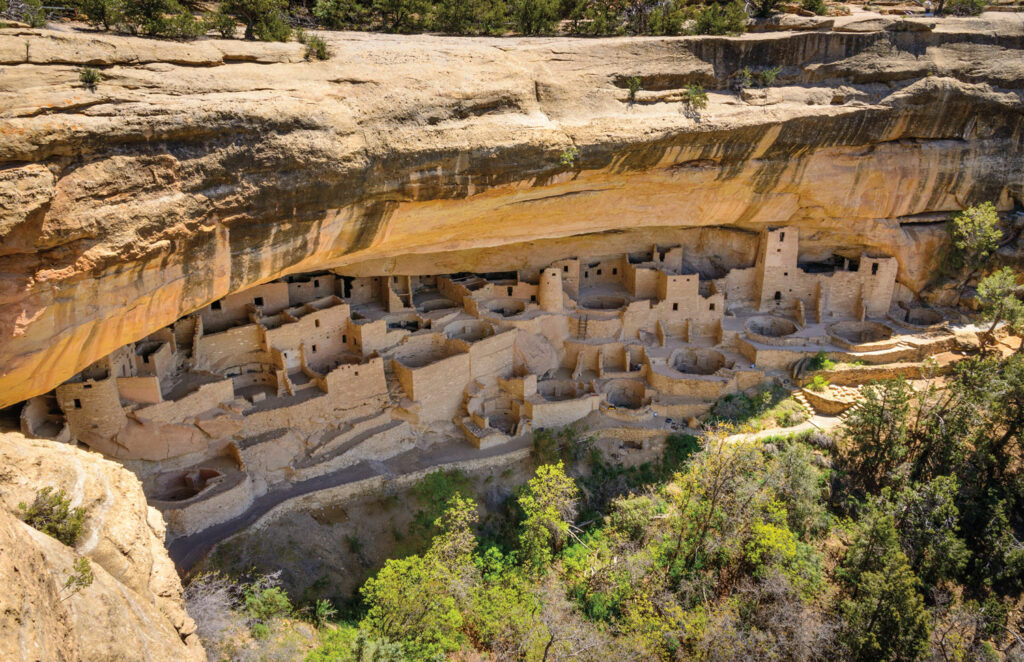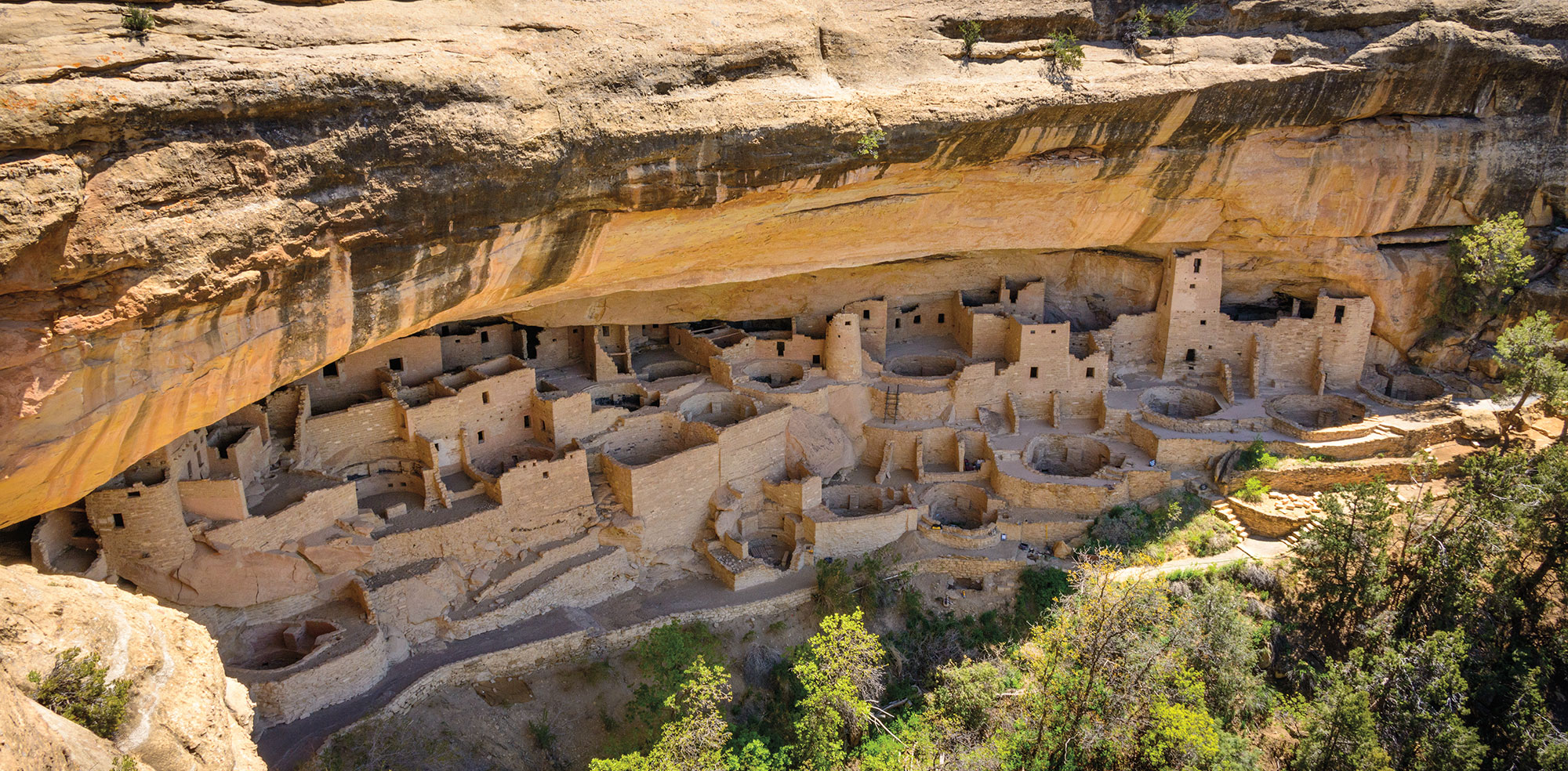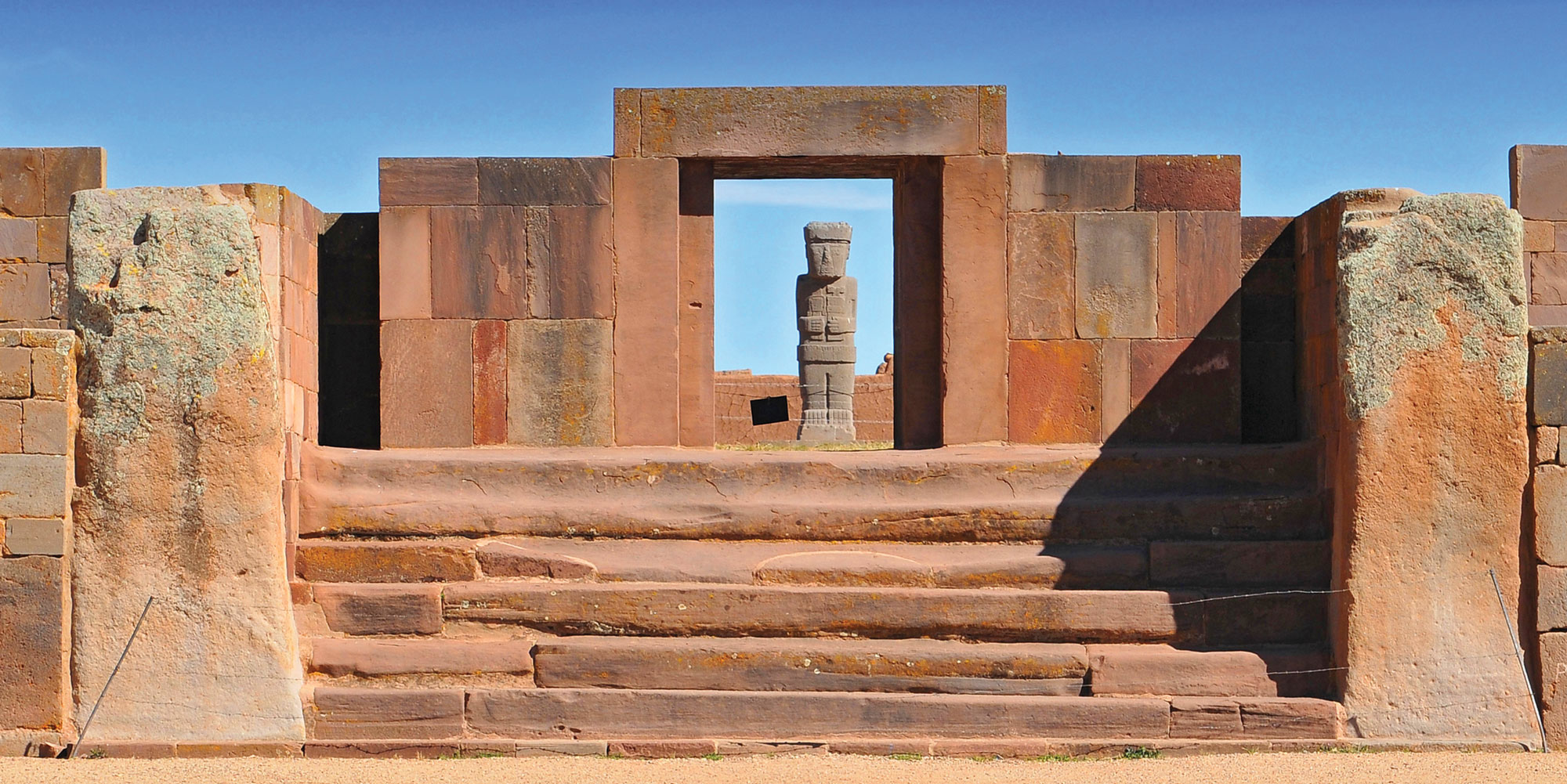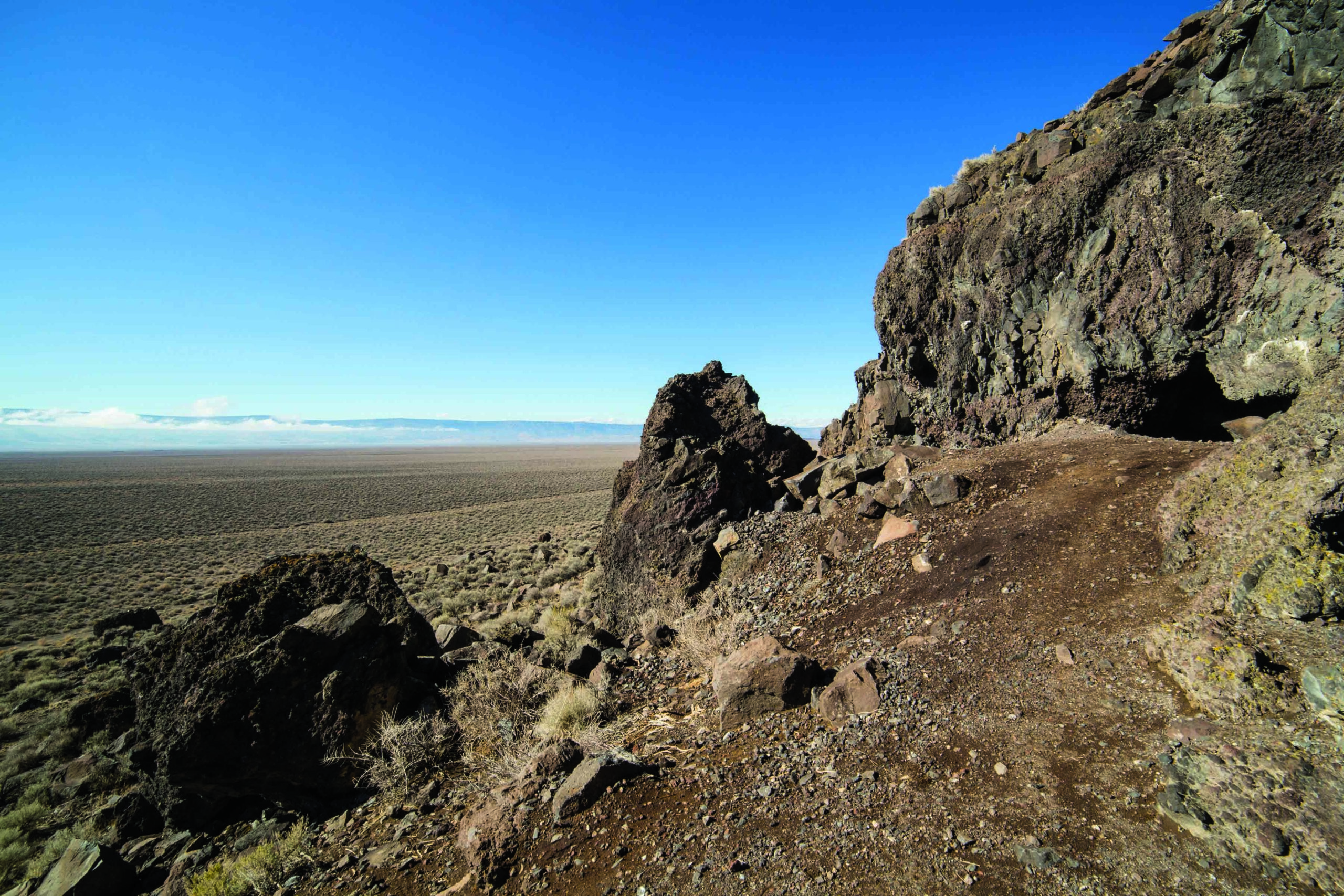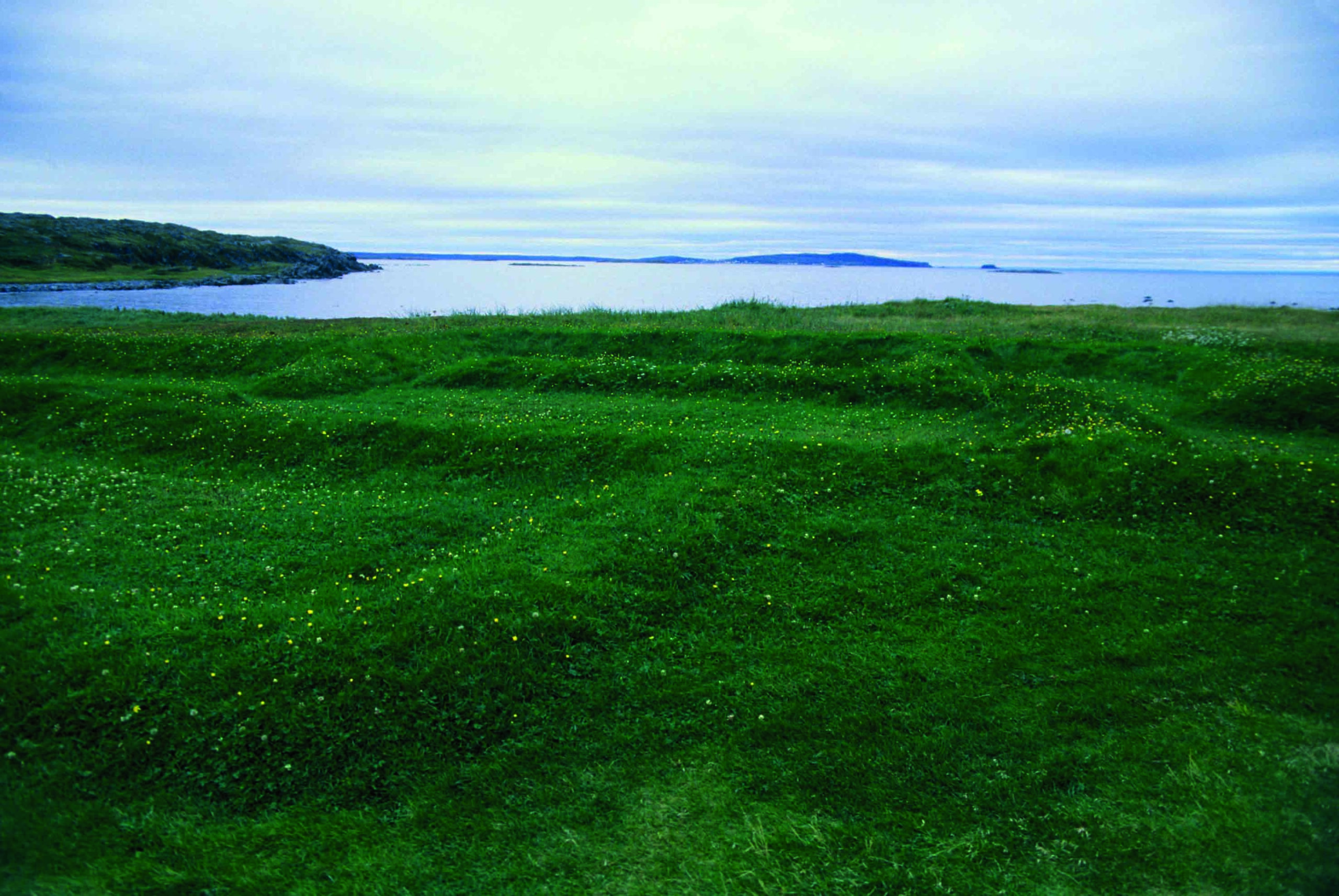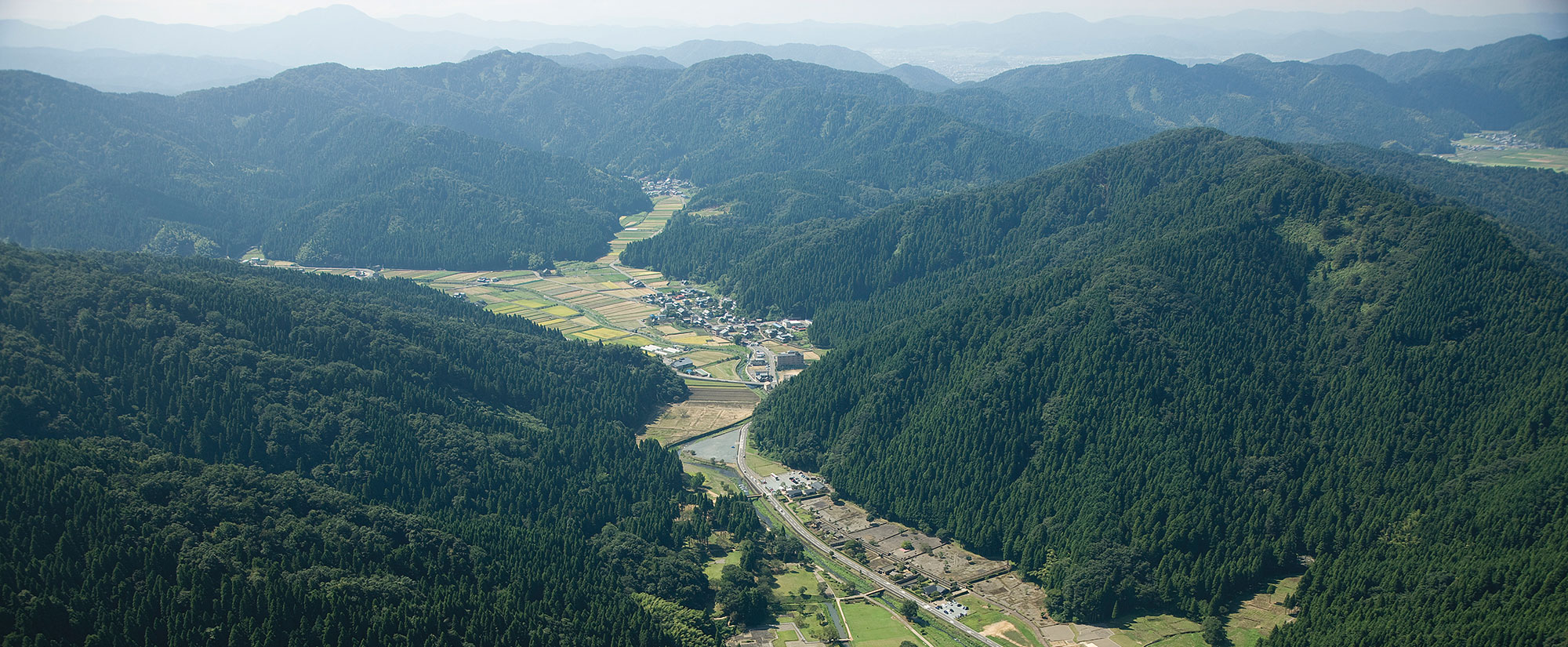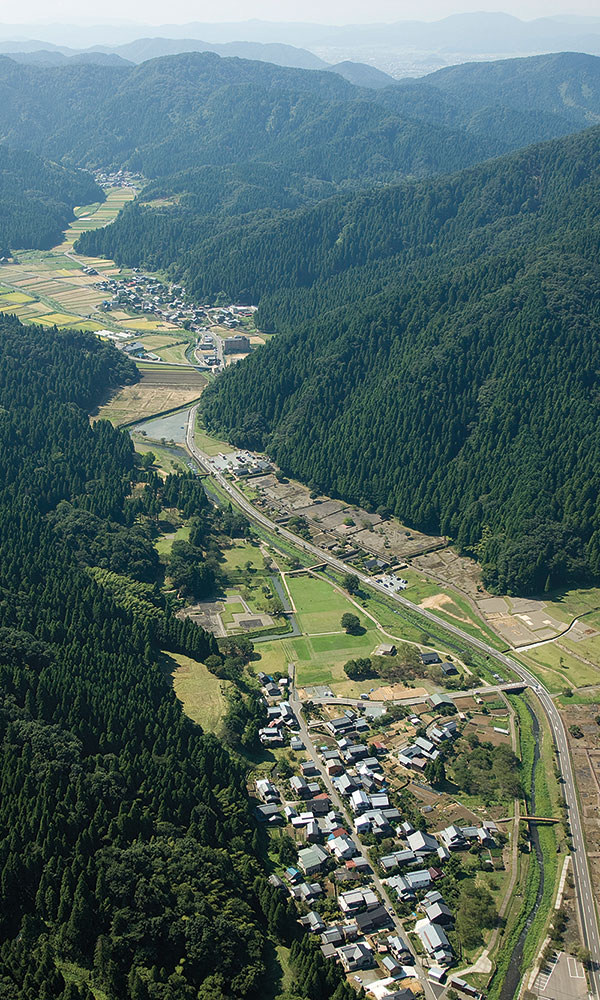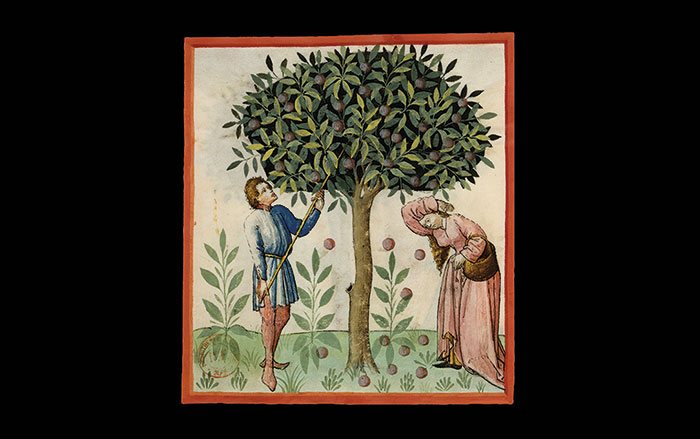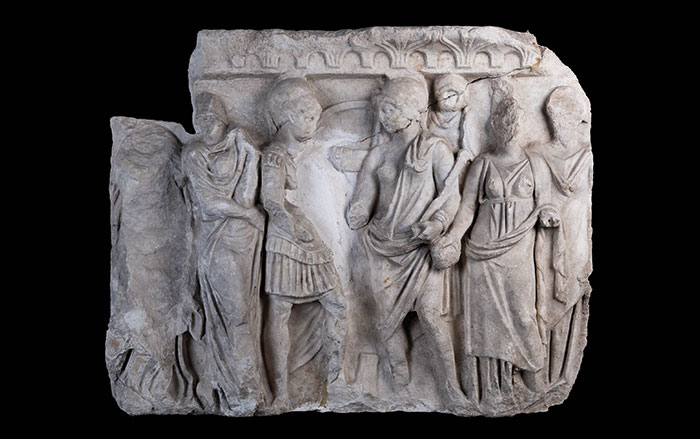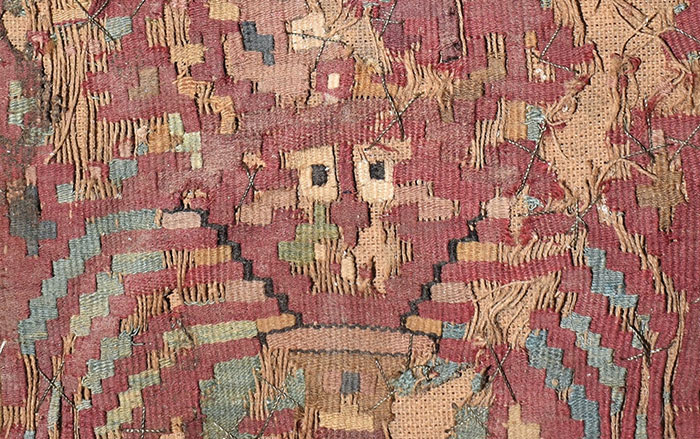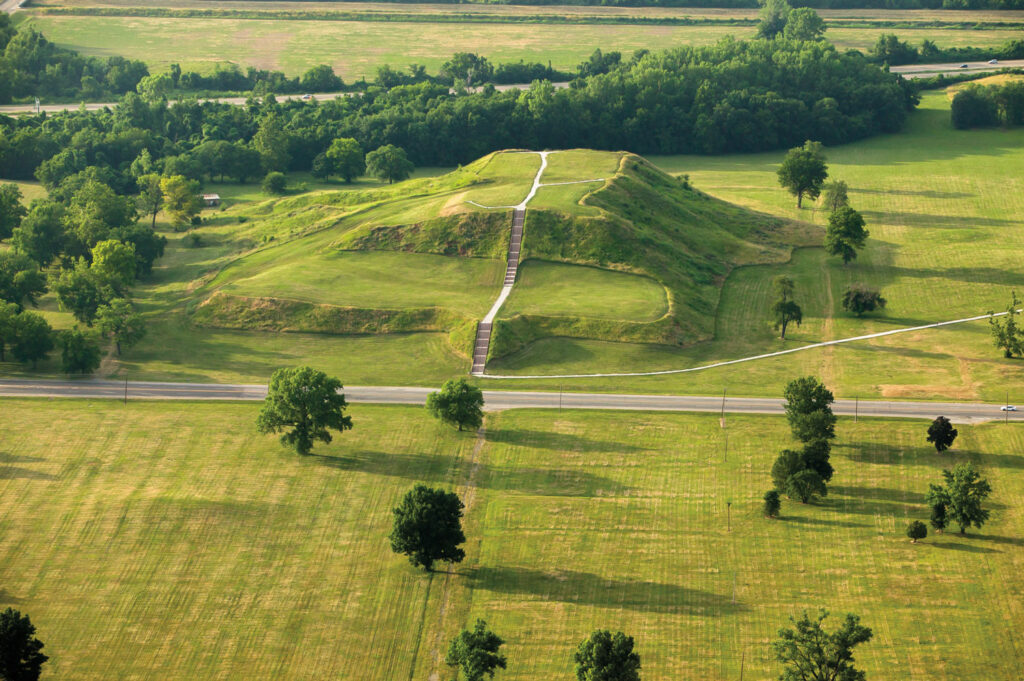
Native American oral history and archaeological data alike suggest that farmers in parts of North America began abandoning major settlements such as Mesa Verde in Colorado and Cahokia in Illinois sometime after 1150. Now, a team led by archaeologist Robert Kelly of the University of Wyoming has studied this period using a previously assembled database of some 100,000 radiocarbon dates from across the United States. (See “Save the Dates.”) They used the dates to track population movements and demographic decline during this turbulent era, which was marked by drought, warfare, and disease. “We knew in a piecemeal fashion that these conditions drove demographic changes in different regions,” says Kelly. “But the radiocarbon data gives us a powerful new tool to understand population decline across the continent.”
After dividing the United States into 18 watersheds, the team analyzed the frequency of radiocarbon dates in each region and demonstrated that a cascading demographic collapse began in the central Rockies around a.d. 800 and later accelerated in multiple regions of central North America after 1150. The team’s analysis shows that the population of watersheds in California, the Pacific Northwest, the Great Lakes, and New England actually grew during the same period. This was likely because groups made their way from regions stricken by drought and warfare toward the coasts. Nonetheless, the radiocarbon data suggests that the overall Native American population declined by at least 30 percent from its peak before 1150. “Had the Europeans showed up 300 or 400 years earlier, they would have encountered a much larger population—some of the big centers like Cahokia could have put a couple thousand warriors on the battlefield instantly,” says Kelly. “The Europeans wouldn’t have lasted a day.”
